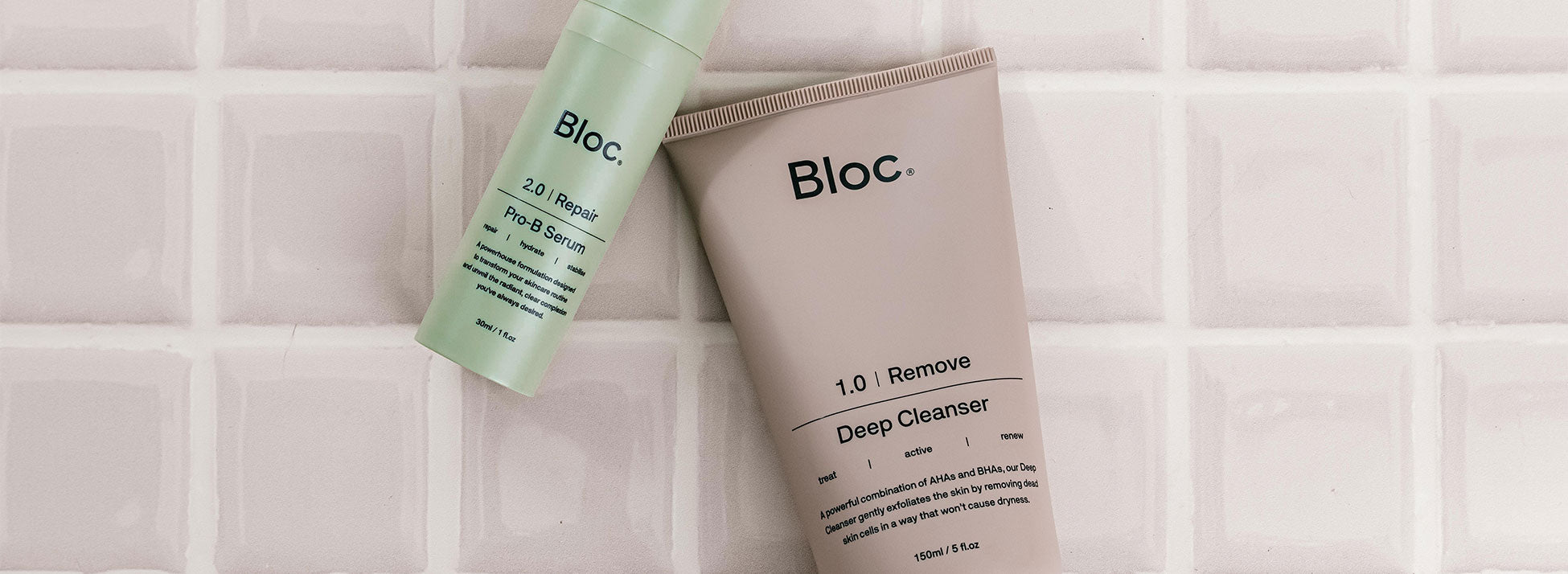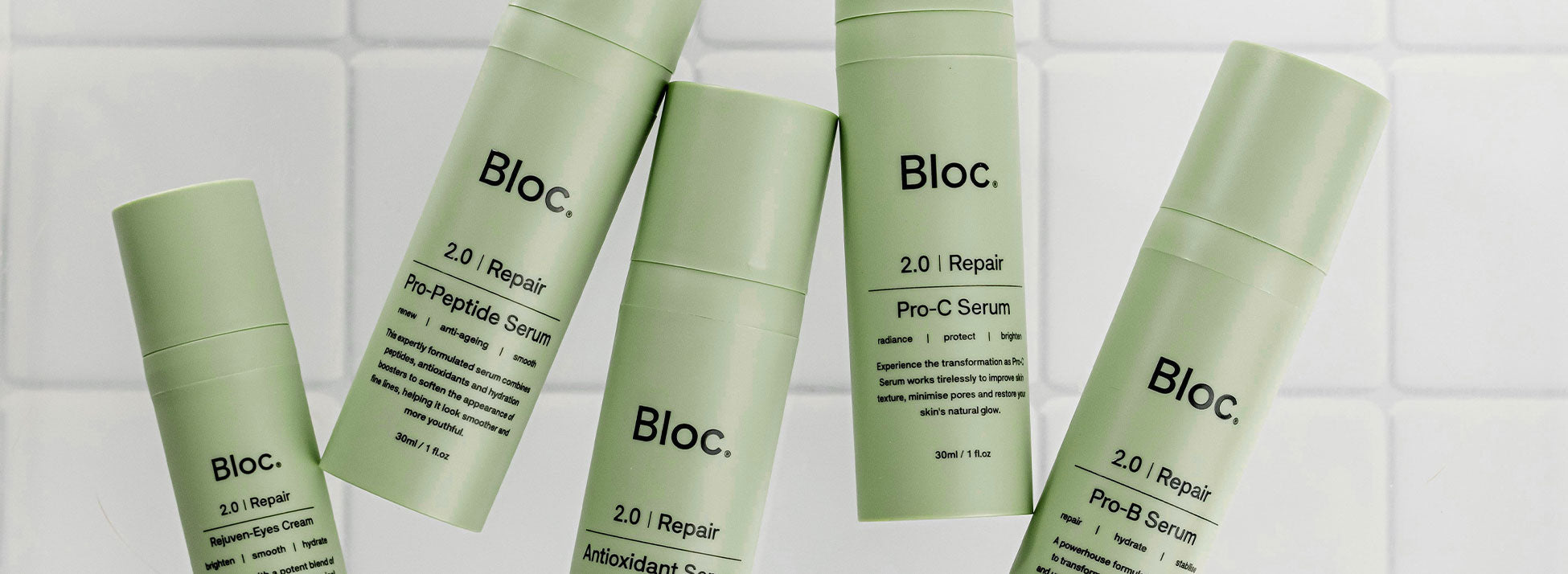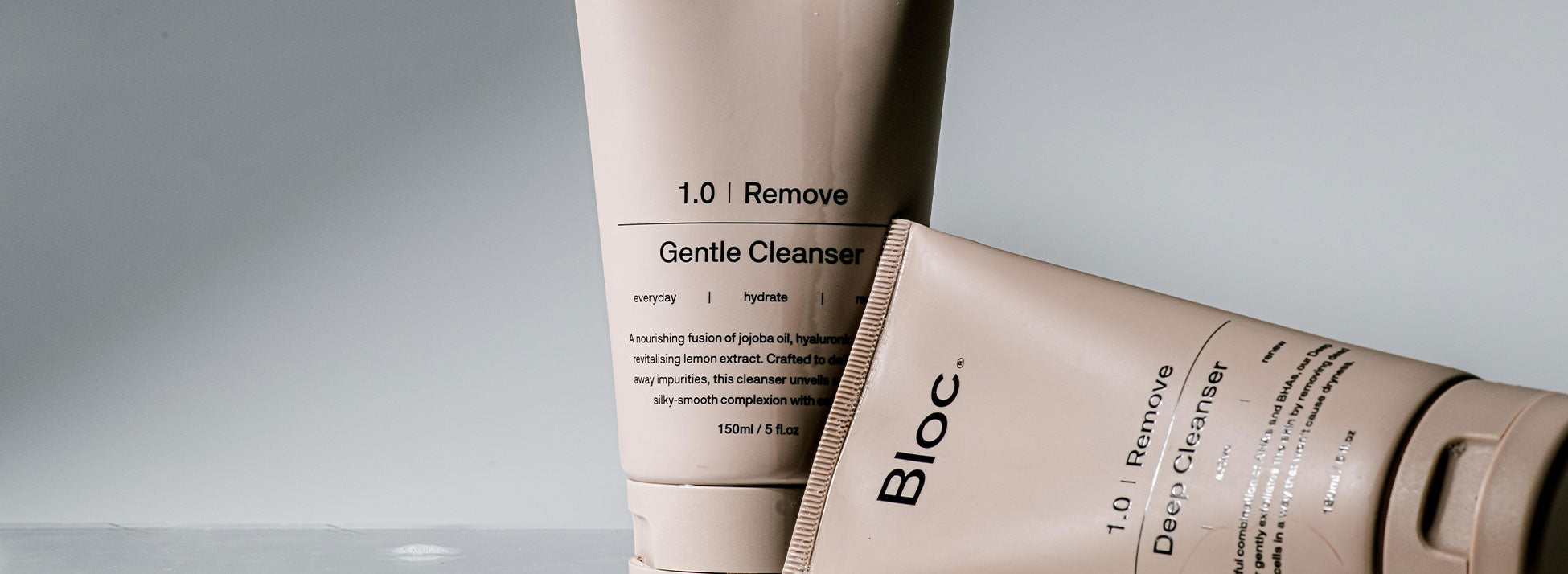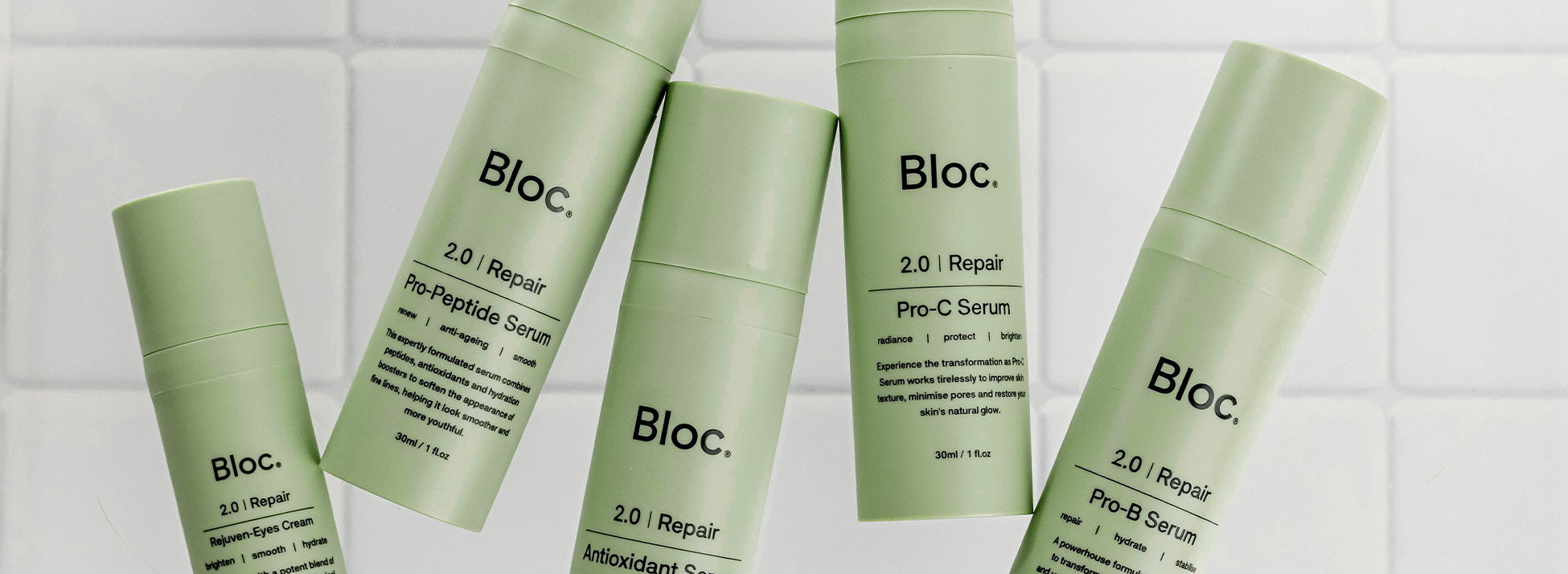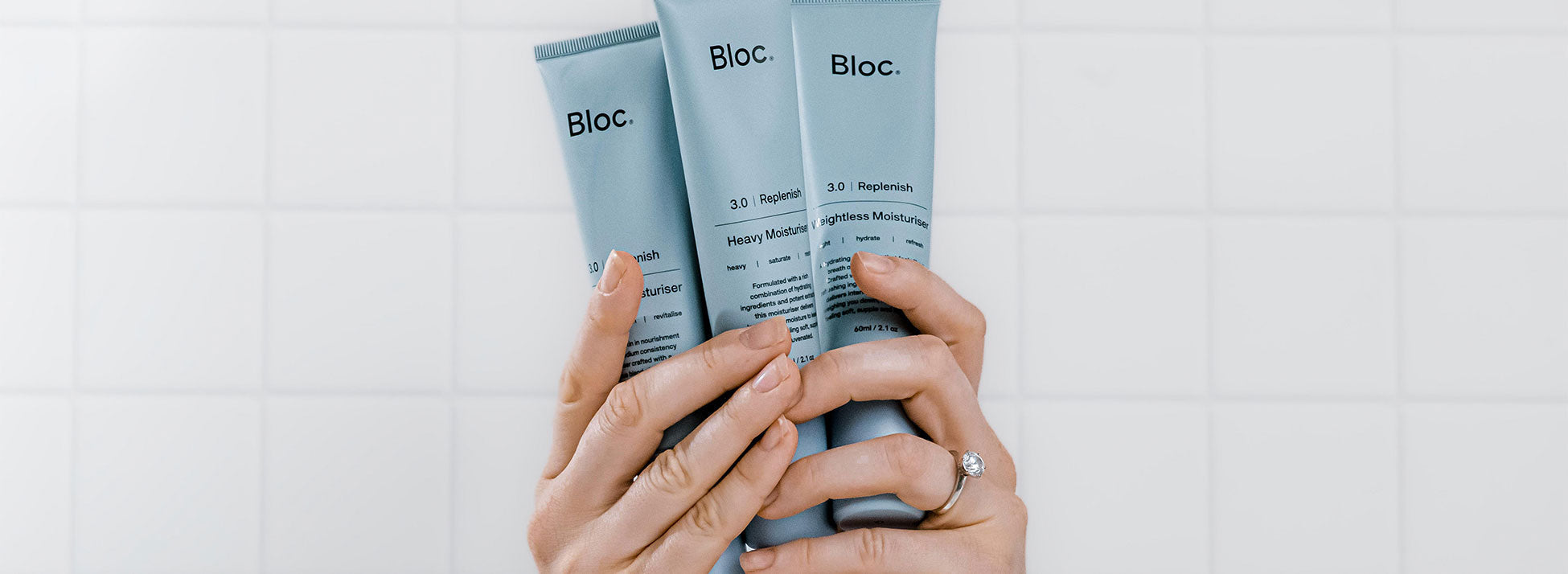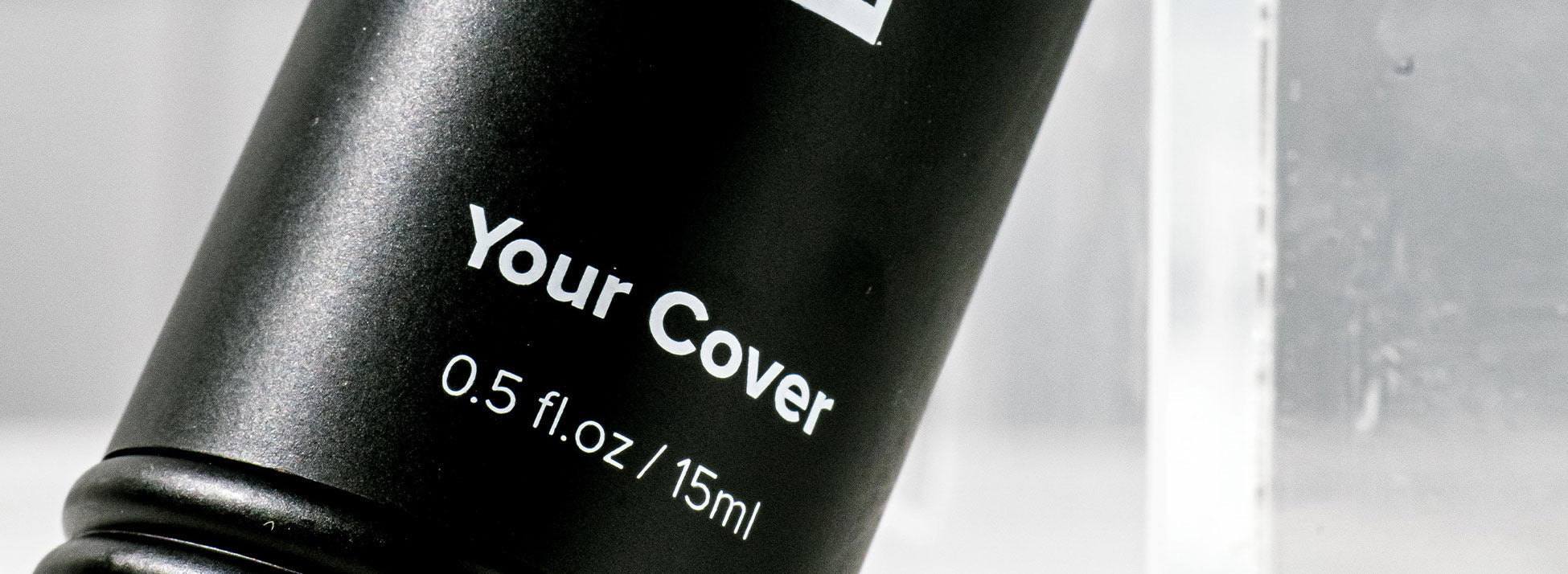Acne is one of the most common skin conditions in the world — and yet, it’s also one of the most misunderstood. Whether it shows up as the occasional pimple or as persistent, painful breakouts, acne can affect not only your skin, but your confidence and wellbeing too.
So, what is acne, really?
The Basics: What Causes Acne?
At its core, acne is an inflammatory skin condition that develops when your pores (hair follicles) become clogged with oil, dead skin cells, and bacteria. This blockage creates the perfect environment for C. acnes, the bacteria that contributes to inflammation and breakouts.
There are four main factors that contribute to acne:
- Excess oil production (sebum)
- Build-up of dead skin cells
- Bacterial overgrowth (Cutibacterium acnes)
- Inflammation
Hormones, genetics, stress, skincare products, medications, and even your environment can all play a role in triggering or worsening these factors.
Types of Acne
Not all acne looks the same. Here are the most common types:
- Whiteheads – clogged pores that remain closed under the skin
- Blackheads – clogged pores that stay open and oxidise (not dirt!)
- Papules – small, red, inflamed bumps
- Pustules – inflamed bumps with a visible white or yellow centre (pus)
- Nodules – deep, painful lumps beneath the skin
- Cysts – large, pus-filled lesions that can lead to scarring
Who Gets Acne?
Almost everyone will experience acne at some point - but for some, it’s more persistent or severe. Acne can affect:
- Teenagers, due to hormonal shifts during puberty
- Adults, especially women, who may experience hormonal acne in their 20s–40s
- People with oily skin types or a family history of acne
- Those exposed to comedogenic (pore-clogging) products or environments
It’s a myth that acne is caused by poor hygiene or eating chocolate. In reality, it’s a complex condition that’s rarely due to just one cause.
Can Acne Be Treated?
Yes - and the good news is, there are more treatment options than ever. The right approach depends on the type and severity of acne, and can include:
- Topical treatments like salicylic acid, retinoids, or antibiotics
- Oral medications including antibiotics, hormonal treatments (like the pill), or isotretinoin
- Professional treatments such as chemical peels, LED therapy, laser, or microneedling
-
Skincare routines that support barrier health and gently manage oil, congestion, and inflammation
Early treatment can help reduce the risk of scarring and support long-term skin health.
Acne is a medical condition - not a personal flaw. Whether mild or severe, occasional or ongoing, it’s worth seeking advice and support. With the right care and consistency, acne can be managed, and clear, calm skin is possible.

